
African Aesthetic
How can you define the African aesthetic? A continent made up of 54 countries — each with their own culture, their own traditions and their own social structures – no doubt produces stylistically varied African artists.
The literary movement Négritude was led by the writers Aimé Césaire, Léon Damas and Léopold Sédar Senghor and played a huge part in the development of modern African art. Founded in 1937 by a group of African student artists in Paris, a city with a tolerant and diverse art scene, the movement grew globally. The movement aimed to critique colonialism and cultivate an appreciation for Black and African culture, the effects of which no doubt is imperative to the contemporary African art scene.
According to Léopold Sédar Senghor, in order for African art to progress it had to reflect the modernity of the present by responding to contemporary social issues and artistic styles, while celebrating traditional culture. By also drawing from other Modernist movements such as the Harlem Renaissance and Surrealism, the African aesthetic of visual art focuses on these principles and is today conveyed by the likes of Angu Walters who focuses on everyday life in African villages. Whilst Faie Davis seeks to use her lens to capture an appreciation for those who retain tradition.
Save your search and find it in your favorites
Save your search to find it quickly
Saved search
Your search is accessible from the favorites tab > My favorite searches
Unsaved search
A problem occurred


Conversations depuis les cieux
Enfant Précoce / Francis Essoua Kalu
Painting - 150 x 220 x 3 cm Painting - 59.1 x 86.6 x 1.2 inch
Sold



Sculpture Shetani femme et enfants
Agostino Malaba
Sculpture - 110 x 35 x 30 cm Sculpture - 43.3 x 13.8 x 11.8 inch
Sold
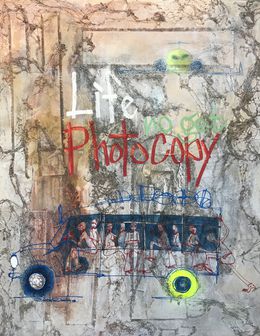
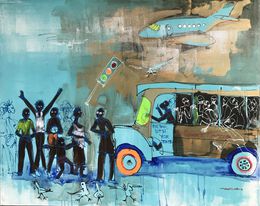

Les liens sacrés du mariage
Frédéric Bruly Bouabré
Fine Art Drawings - 15 x 11 cm Fine Art Drawings - 5.9 x 4.3 inch
Sold
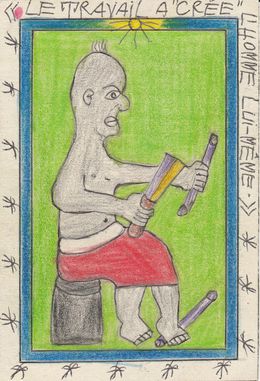
Le travail a créé l’homme lui-même
Frédéric Bruly Bouabré
Fine Art Drawings - 16.5 x 11 cm Fine Art Drawings - 6.5 x 4.3 inch
Sold

La venue au monde de l'humanité
Frédéric Bruly Bouabré
Fine Art Drawings - 15 x 11 cm Fine Art Drawings - 5.9 x 4.3 inch
Sold
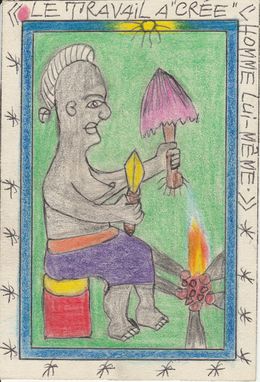
Le travail a créé l’homme lui-même
Frédéric Bruly Bouabré
Fine Art Drawings - 16.5 x 11 cm Fine Art Drawings - 6.5 x 4.3 inch
Sold

Le travail a créé l’homme lui-même
Frédéric Bruly Bouabré
Fine Art Drawings - 16.5 x 11 cm Fine Art Drawings - 6.5 x 4.3 inch
Sold
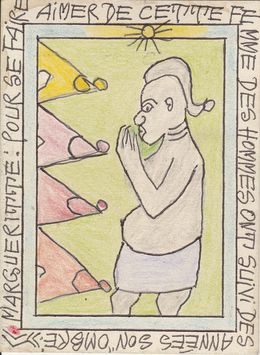
Margueritte
Frédéric Bruly Bouabré
Fine Art Drawings - 15 x 11 cm Fine Art Drawings - 5.9 x 4.3 inch
Sold

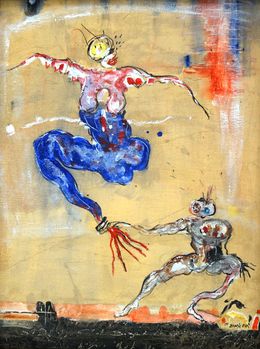

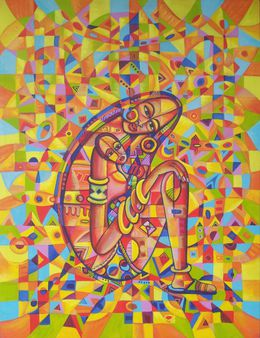
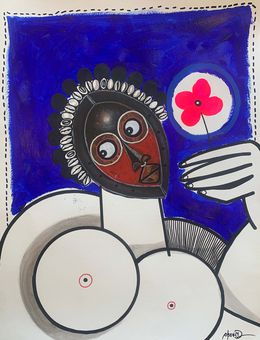

Where do you think I got this
Kofi Agorsor
Painting - 119.4 x 119.4 x 10.2 cm Painting - 47 x 47 x 4 inch
Sold
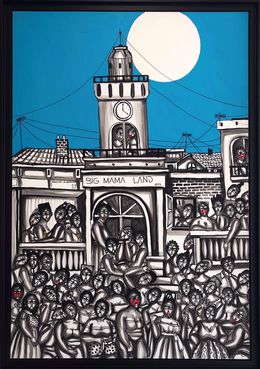
Big Mama Land
Yves Fredy Gbais Obou
Painting - 120 x 82 x 2 cm Painting - 47.2 x 32.3 x 0.8 inch
Sold

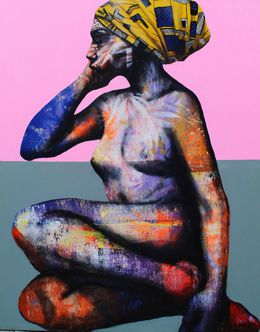
Yet, I rise, beautiful!
Chika Idu
Painting - 152.4 x 121.9 x 10.2 cm Painting - 60 x 48 x 4 inch
Sold
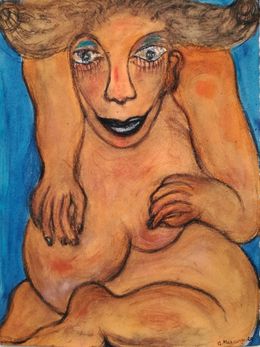
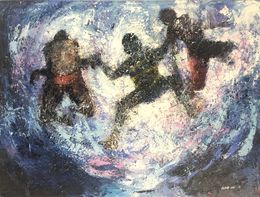



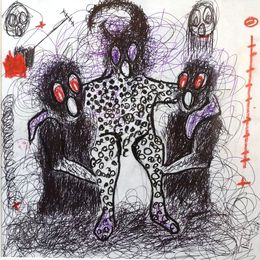
Sans titre
Serigne Ibrahima Dièye
Fine Art Drawings - 30 x 30 cm Fine Art Drawings - 11.8 x 11.8 inch
Sold

